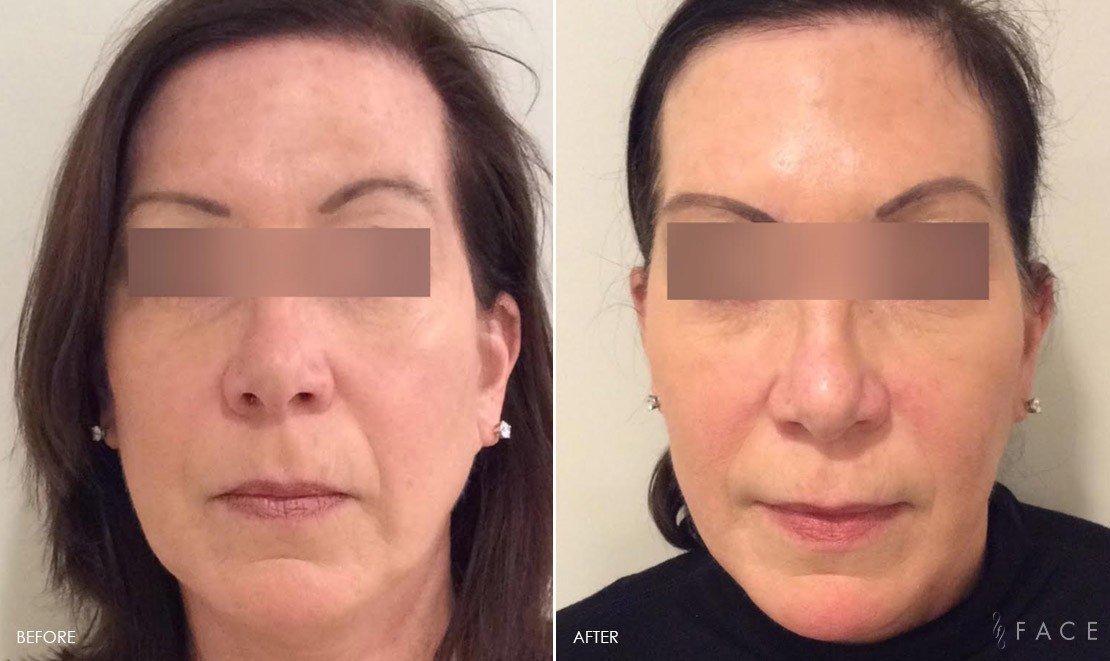What is Juvederm®?
JUVEDERM® is a family of dermal fillers, all made of hyaluronic acid. This material excels as a dermal filler because hyaluronic acid occurs naturally at high levels in young skin and begins to decline with age. Juvederm® plumps and adds volume to areas like the lips, cheeks, nasolabial folds, and marionette lines around the mouth.
How Does Juvederm® Work?
The hyaluronic acid in Juvederm® attracts moisture into the skin. This adds volume and makes the area look fuller and more youthful. Juvederm® treats lines and wrinkles by lifting and filling them from beneath, smoothing out the skin.
The variety of Juvederm® products exists to give providers choices for which product to use for each situation. The hyaluronic acid molecules may link together in different forms to make the filler thicker and firmer or thinner and more flexible. Thicker fillers often go into areas of deep wrinkles or areas like the cheeks that need more support, while thinner ones work well in areas like the lips that require a lot of motion. Your Nurse Injector will discuss which fillers we use for your area of concern.
How Much Does Juvederm® Cost?
According to Healthline, types of Juvederm® range from $750 to $1000 per syringe. Our syringes cost $550 to $850 on average. We will discuss how much product you need for the area you would like to have treated during your consultation. Costs will vary depending on where you live, the skill and experience of your provider, and the type of Juvederm® for your particular needs.
Product-Specific Information
Juvederm® offers several products designed for different areas of the face.
Voluma® is typically used for cheek augmentation and mid-face volume. It’s a thicker formula that lasts longer, often up to two years.
Volbella® is designed for fine lines around the mouth and lips. It’s a thinner formula, perfect for more delicate areas that require flexibility.
Ultra XC® is a popular option for plumping lips and smoothing out deeper lines around the nose and mouth. It lasts around 6 to 12 months.
Each product has its own benefits depending on the area you want to treat. Your injector will help you decide which one is right for you.
Detailed Pricing Breakdown
The cost of Juvederm® depends on several factors, including the product used and the area being treated.
Most people spend between $600 and $800 per syringe, though some formulas, like Voluma® for cheeks, can go up to $1,500. Prices also vary by clinic and location.
For example, treating both cheeks may require two syringes, while a single syringe might be enough for lip enhancement.
Location matters too. Clinics in larger cities often charge more due to demand and higher operating costs.
Keep in mind that the experience of your injector can also influence the price. Highly skilled injectors might charge more for their expertise.
Discounts are sometimes available. Purchasing multiple syringes at once or during promotions can lower the total cost.
Cost by Treatment Area
The cost of Juvederm® can vary depending on the specific area being treated.
For lips, a single syringe typically costs between $500 and $1,000, depending on the product used. Often, one syringe is enough to achieve noticeable volume.
For cheeks, more volume is generally required, so treatments can cost between $1,000 and $4,000. This may involve using two syringes, especially for fuller results.
Under-eye treatments tend to be pricier, ranging from $800 to $1,500 per syringe. This area is more delicate and requires careful application.
Each treatment area may require a different amount of product, so costs will depend on your individual needs.
Geographical Price Differences
Juvederm® prices can vary widely depending on where you live.
In larger cities like New York or Los Angeles, you may pay more—up to $1,500 per syringe—due to higher demand and operational costs. Clinics in smaller towns or rural areas often charge less, with prices starting around $500 to $600 per syringe.
Different states may also have different pricing standards. Coastal areas tend to be more expensive compared to clinics in the Midwest or South.
It’s important to factor in travel costs if you’re considering going to a different location for treatment.








